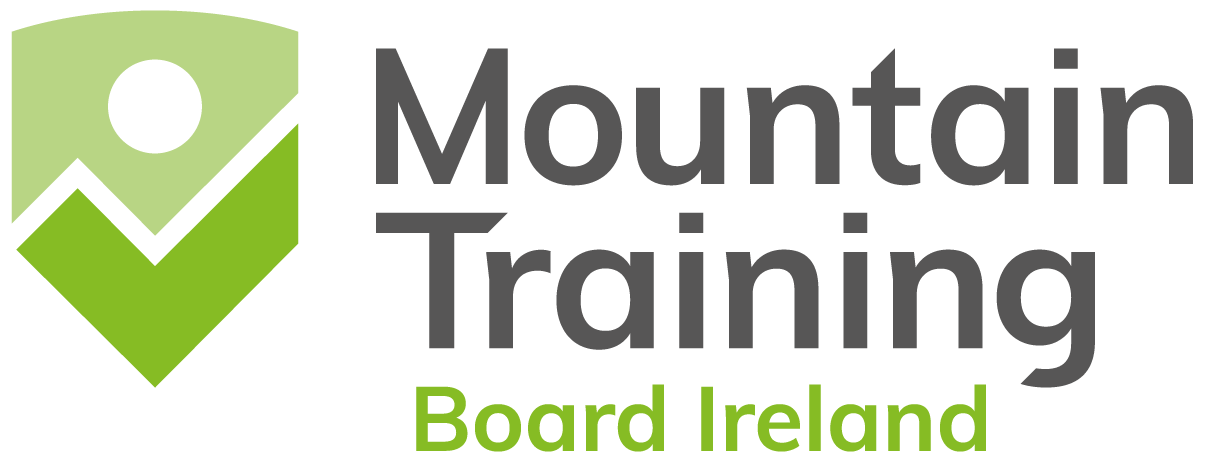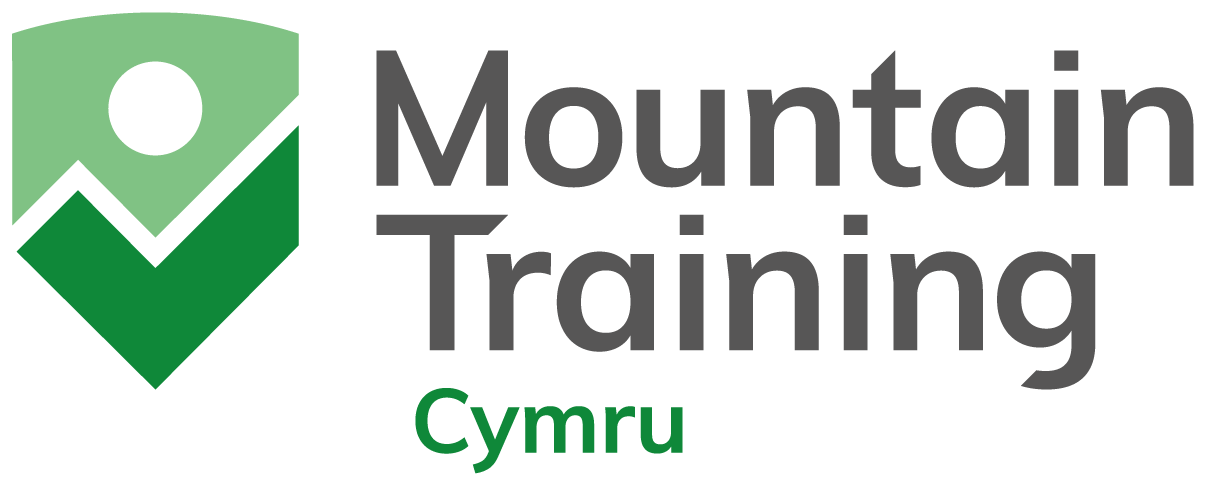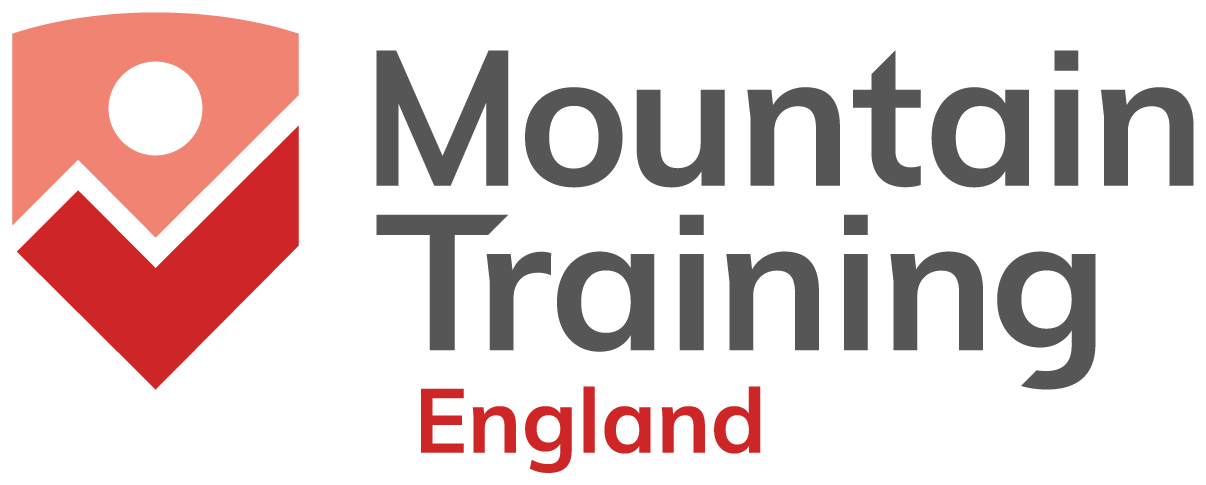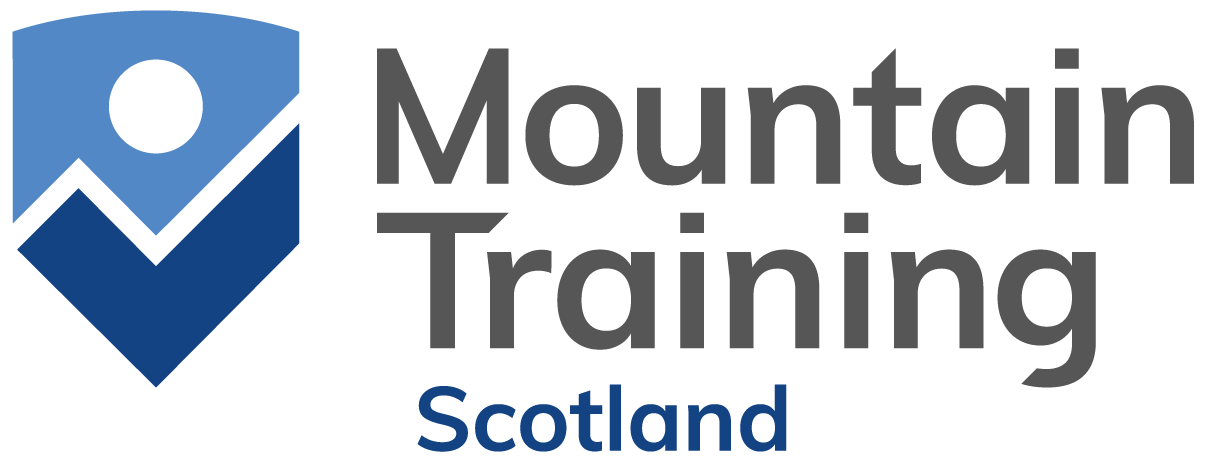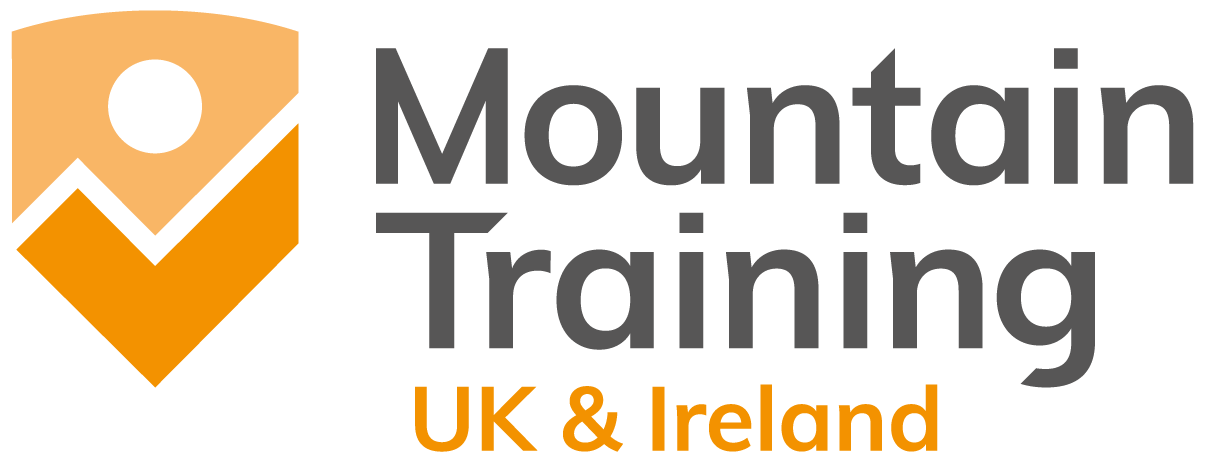Climbing qualifications – syllabus amends for 2025
31.10.24From 1st January 2025, our climbing instructor qualifications will use updated syllabi to incorporate the leadership and decision-making competencies we added to the walk leader qualifications in 2022.
The new leadership and decision-making section of the syllabus introduces Mountain Training’s leadership model and describes more specific competencies than currently exist. Leadership and decision-making has always been at the heart of our climbing instructor qualifications and is something providers have already been training and assessing. The experience for candidates and providers when we included new competencies in the walking qualifications in 2022 was really positive, so we are confident this update will support candidates to be the best climbing instructors they can be.
In adding these competencies we have also made minor language amends to other syllabus sections and updated the guidance notes in the candidate handbooks to support you to prepare for assessment.
The new syllabi will come into effect on training and assessment courses from 1st January 2025.
What does this mean for me?
If you have attended a training course and plan to attend an assessment in 2025, we suggest you familiarise yourself with the new syllabus, particularly the new section mentioned above. You can download the relevant 2025 candidate handbook below.
Please be reassured, it is our expectation that well-prepared candidates who have already attended a training course and will be assessed under the new syllabus will be able to fulfil these competencies.
If you have been deferred at assessment, you will be reassessed on your deferred competencies as per the feedback you received at assessment, not the revised competencies in the new syllabus.
We hope your preparations for reassessment are going well and encourage you to think about your sources of support, both technical and emotional. If you need additional support, our association has a mentoring programme, regional groups offering peer meet ups and workshops on diverse topics from ropework to coaching skills. If you’re not already a member, join now.
New syllabus section
This section has been taken from the Climbing Wall Instructor candidate handbook. The competencies are the same for the other instructional qualifications except Indoor Climbing Assistant which has fewer due to their role as an assistant.
6. Leadership and decision-making
6.1 The leader demonstrates adaptable leadership behaviours and decision-making.
6.1.1 Monitor the group, environmental conditions and activity, and can adapt their behaviours and decisions to meet ongoing safety, group and task requirements.
6.1.2 Be consistent and confident in their decision making to achieve positive outcomes and communicate these clearly to the group.
6.2 VISION – The leader is a positive role model and aims to inspire others.
6.2.1 Articulate clear and agreed values for their group; lead by example; and behave how they want the group to behave.
6.3 SUPPORT – The leader creates a positive and supportive environment for the group.
6.3.1 Recognise, respect and adapt to individual needs, differences, strengths and abilities.
6.3.2 Encourage independent learning; establish an environment where mistakes are seen as learning opportunities and provide clear and positive feedback to support this.
6.4 CHALLENGE – The leader provides relevant and appropriately challenging experiences.
6.4.1 Agree group goals and calibrate the level of challenge to individual abilities and motivations.
6.4.2 Encourage and support the group and individuals to be part of the decision-making process and encourage them to solve their own problems.
6.5 The leader understands the Mountain Training ethos of leadership and has developed their own. They should be able to:
6.5.1 Articulate their own leadership ethos and beliefs along with those of Mountain Training.
6.5.2 Acknowledge and describe a range of leadership approaches, models and associated ethos.
Guidance
Climbing instructors need to demonstrate the basic skills and decision-making of adaptive leadership. They should have a well-researched plan for their group which incorporates factors such as the groups’ abilities and needs, the weather and climbing conditions (if the artificial wall is outdoors), as well as the climbing venue and intended climbs. What is most important is to match their leadership choices with the desired outcomes for the group.
In spite of the best made plans, things can and do change; the weather, the group, how busy the venue is, etc. A good instructor will notice, and be on the lookout for, these changes before a problem arises and adapt their approach accordingly. For example: if the climbing wall is very busy, you may need to adapt the session to make use of available space.
There are seven components of leadership that contribute to the effectiveness of the instructor:
- Instructor style: controlling versus non-controlling.
- Decision making: what informs this and how to make them.
- Instructor observations: what they should be and how to make them.
- Instructor communication skills: verbal and non-verbal, listening.
- Experience and ability: how this influences decision making.
- Emotional intelligence: to support individuals
- Group management: techniques, style and influences
Candidates should reflect on these when instructing groups and seek to develop them over their career.
Underpinning the role of an instructor are the values, beliefs, and ethos that shape every individual’s view of what leadership should be. All instructors tend to have preferred behaviours (leadership styles) that are heavily influenced by these and their personality traits. Instructors will need to adapt their preferred behaviour to an appropriate set of actions required to balance the needs of both the situation and the group.
The ’Vision, Support, Challenge’ model of transformational leadership provides a framework that instructors can use to plan, execute and review their leadership behaviours. In this way, groups who receive the right balance of the three categories can be encouraged to perform beyond their own expectations. Transformational leadership is a model of positive behaviours (known by the mnemonic INSPIRE) that instructors can use to promote the best outcomes for their groups:
Inspire and motivate your followers with a unified vision.
Nurture an environment of team-focused goals
Set the example you want to see in your followers.
Praise and give constructive feedback to help your followers develop.
Insist on setting high standards, relative to each individual.
Recognise and respond to each individual’s needs.
Encourage followers to create and implement their own solutions.
Instructors need to develop trust amongst their group. This requires an appropriate balance of consultation, empathy and instruction to engineer success. Effective instructors will, for example, adapt the way they communicate to best suit their group and will give different degrees of responsibility to groups of varying ability and experience.
